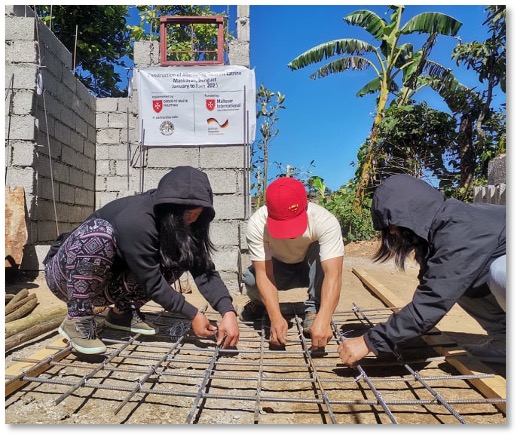Origins of Leprosy in the Philippines: A Tale of Exile and Controversy
Molokai, an island colony in Hawaii, had been under American jurisdiction since the 1880s and served as a model for the Philippine leper colony. The choice of Culion was based on its distance, as it is one of the far-away Palawan Islands, where Spaniards had exiled Filipino criminals and rebels. However, Culion’s settlers had to be moved to prevent their contamination, for which Heiser had to convince all its residents to transfer to neighboring islands. The inhabitants were forcibly evacuated by the American government, but not without protest, stowing away church bells and Catholic relics. Settling on the coast of Busuanga (the largest of the Calamian Islands), they established the village of Concepcion, naming it after Culion’s patron saint, La Inmaculada Concepción.

Heiser told an interesting tale of how leprosy had befallen the Philippines in the first place. He had read a story told by Major E. C. Carter, in which during the 17th century, the Spanish occupying Manila held religious conversion as a primary objective of the Catholic Church. Their efforts to spread Christianity in Japan had been met with abhorrence. Quietly, and in retaliation, the Japanese sent 134 persons on a ship to Manila: “If it is converts you want, begin with these.” All of the passengers were lepers.
The story was widely spread, but when the news reached Japanese ears, they angrily refuted the claim, and demanded a public withdrawal of the
statement and an apology. Heiser had the documents in Seville’s archives researched, and lo and behold – King Philip IV of Spain had received a receipt from the Captain General of the Philippine Islands – 134 “converted Christians” sent to Manila Bay by the Emperor of Japan, who were later confirmed to be lepers.
In a display of gratitude for what he thought had been their conversion (which may or may not have been the case), Philip IV, ignorant of their disease, ordered a great welcome for the passengers: a parade was held in their honor and a grand reception was laid out which cost 500 reales. The king allotted an additional 200 reales for their maintenance.

Later that year, when it was discovered that all 134 of them were afflicted with leprosy, they were confined at the San Lazaro Hospital. The oldest hospital and still active to this day, San Lazaro, named after St. Lazarus, the patron saint of lepers, was constructed in 1557 by Frey Juan Clemente, a Spanish friar. By 1578, the hospital was admitting and caring for lepers.
When Heiser brought the account to the Japanese government’s attention, he was met with a bland admission, with the Japanese withdrawing their demand for the statement’s retraction. They offered a lame explanation —the deportees’ “unsanitariness” – as the reason for their exile. However, there “might have been” some lepers aboard the ship who were banished when the feudal system was established and dominated Japan’s social structure.

Sovereign Military Hospitaller Order of St John of Jerusalem of Rhodes and of Malta
1120 R. Hidalgo Street, Manila, Philippines Tel. +287080860 | orderofmaltaphilippines@gmail.com